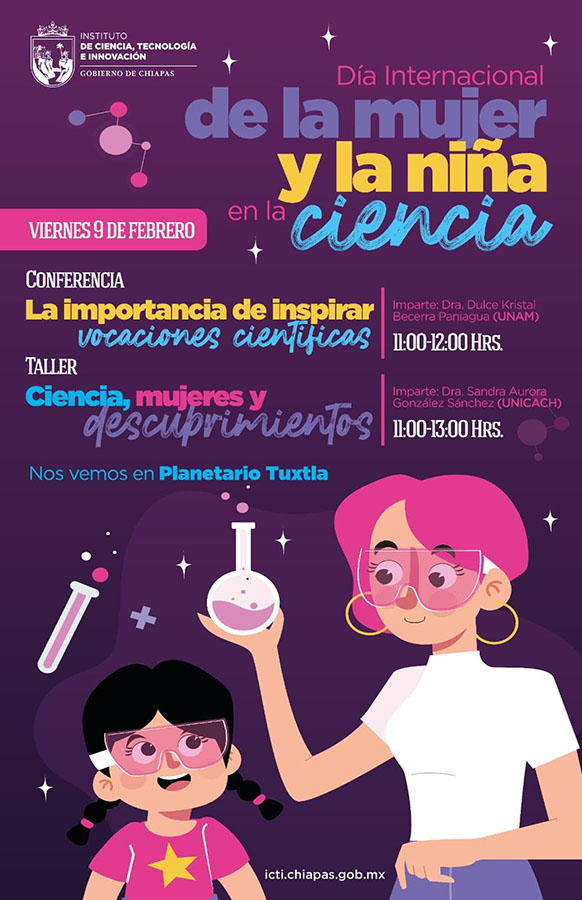the a pot It plans to extend the three design contracts for Nuclear fission reactors for energy production on the moon To a second stage in which a model ready for launch will be selected around 2030.
The agency is wrapping up the initial phase of the Surface Fission Power Project, which focused on developing conceptual designs for a small nuclear fission reactor to generate electricity that could be used during a future demonstration on the Moon and to inform future nuclear power designs. Mars.
(You may be interested: NASA terminated the “Dexterity” mission: the helicopter flying on Mars was damaged)
NASA will award three contracts worth $5 million in 2022, with each commercial partner designated –Lockheed Martin, Westinghouse, and Houston IX– Development of the initial design including the reactor; Power conversion, heat rejection, power management and distribution systems; Estimated costs and development timeline could pave the way for leading a sustainable human presence on the Moon for at least 10 years.
Related topics
The Agency designed the requirements for this initial reactor to be open and flexible to preserve the ability of commercial partners to contribute creative approaches to technical review.
However, NASA specified that the reactor must remain under six metric tons and be capable of producing 40 kilowatts of electrical power, ensuring sufficient power for demonstration purposes and additional power available to power lunar habitats, spacecraft, backup grids, or scientific experiments. . In the United States, 40 kilowatts, on average, can provide electricity to 33 homes.
NASA has also set a goal for the reactor to be able to operate for ten years without human intervention, which is key to its success.. Safety, especially in terms of radiation dose and shielding, is another key design factor.
In addition to the stated requirements, the partners envisioned how the reactor would be operated and controlled remotely. They identified potential failure modes and looked at different fuel types and compositions. The presence of terrestrial nuclear companies alongside companies with space experience has generated a wide range of ideas.
“We receive a lot of information from the three partners,” explains Lindsay Caldon, the company's director. Fission Surface Energy Project at Glenn Research Center. “We will have to take some time to process everything and see that it makes sense to move to the second phase and leverage the first phase to define the requirements for a lower-risk system design in the future.” Open bidding for the second phase is scheduled for 2025.
After the second phase, the expected date of delivery of the reactor to the launch pad is early 2030. On the Moon, the reactor will complete a one-year experiment followed by nine years of operation. If all goes well, the reactor design could be updated for possible use on Mars.
Transformers
Beyond preparing for Phase 2, NASA recently awarded contracts to Rolls Royce North American Technologies, Brayton Energy, and General Electric to develop Brayton power converters.
The thermal energy produced during nuclear fission must be converted into electricity before it can be used. Brayton converters solve this problem by using thermal differences to spin turbines within the converters. However, existing Brayton converters waste a lot of heat, so NASA challenged companies to make these engines more efficient.
While solar systems have limitations on the Moon, a nuclear reactor could be placed in permanently shaded areas (where water ice may be present) or generate power continuously during lunar nights, which last 14 and a half Earth days.
European press
You also find it in science




:quality(70)/cloudfront-us-east-1.images.arcpublishing.com/metroworldnews/W7FHLEVJKVAIDAXBAEF72CNGDY.jpg)
:quality(85)/cloudfront-us-east-1.images.arcpublishing.com/infobae/U6NINPMRGRHYJFKUXGHD6E72BM.jpg)